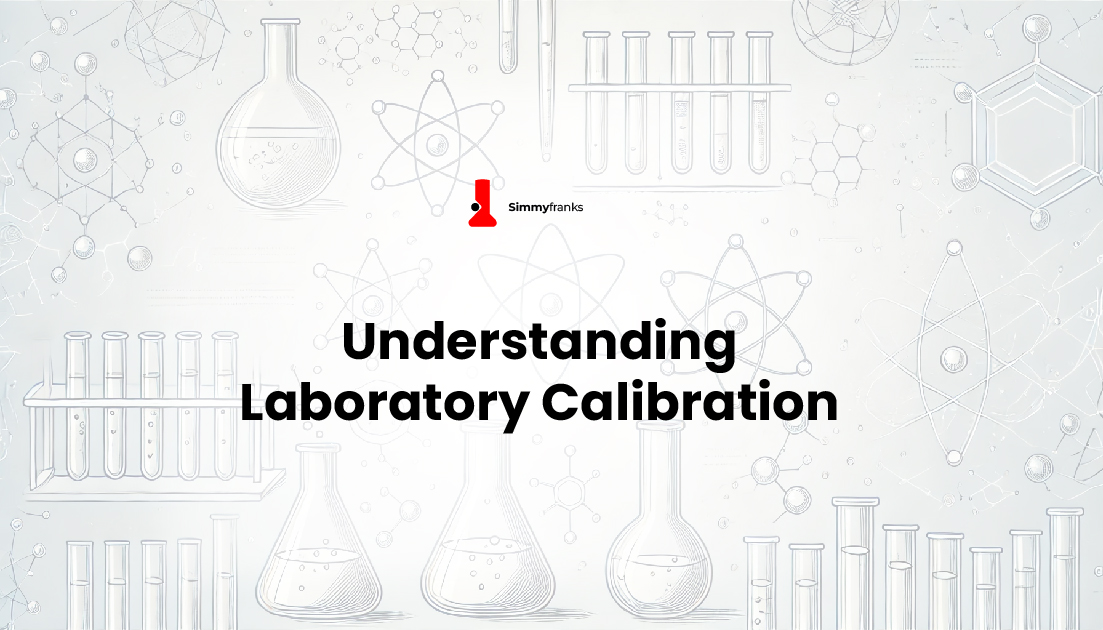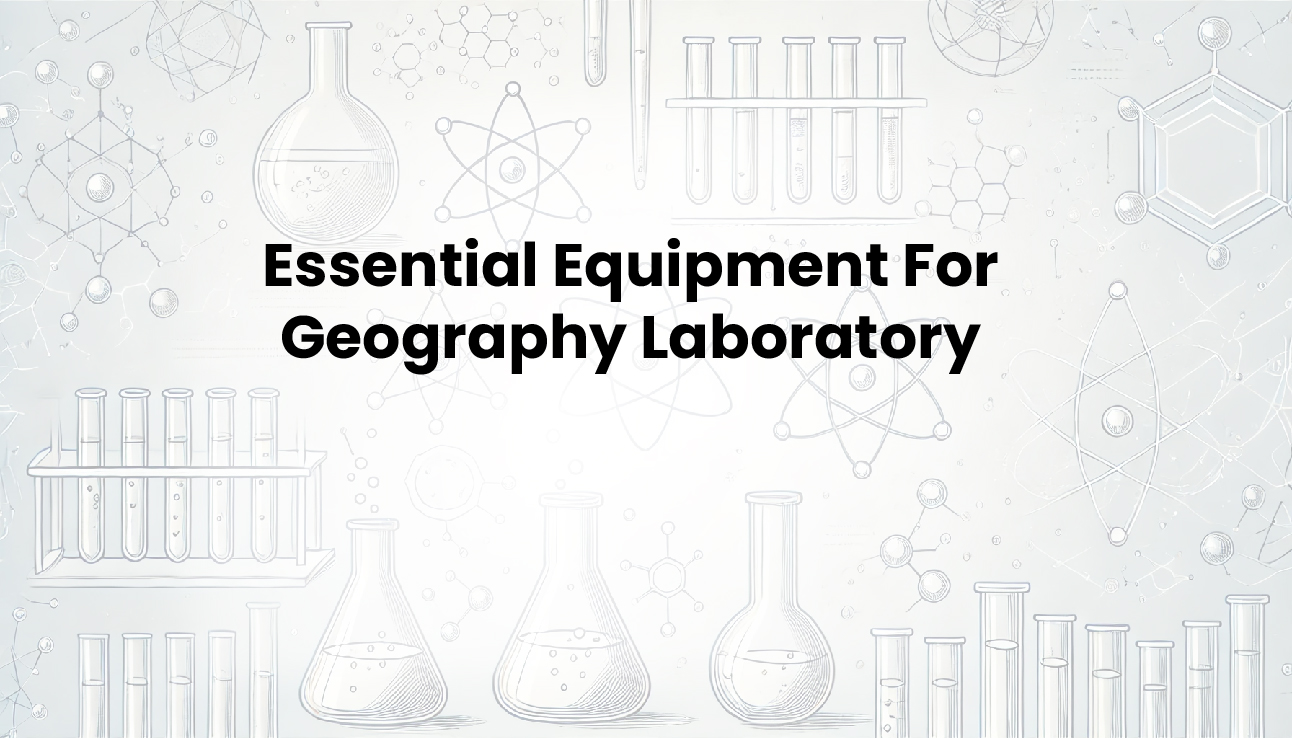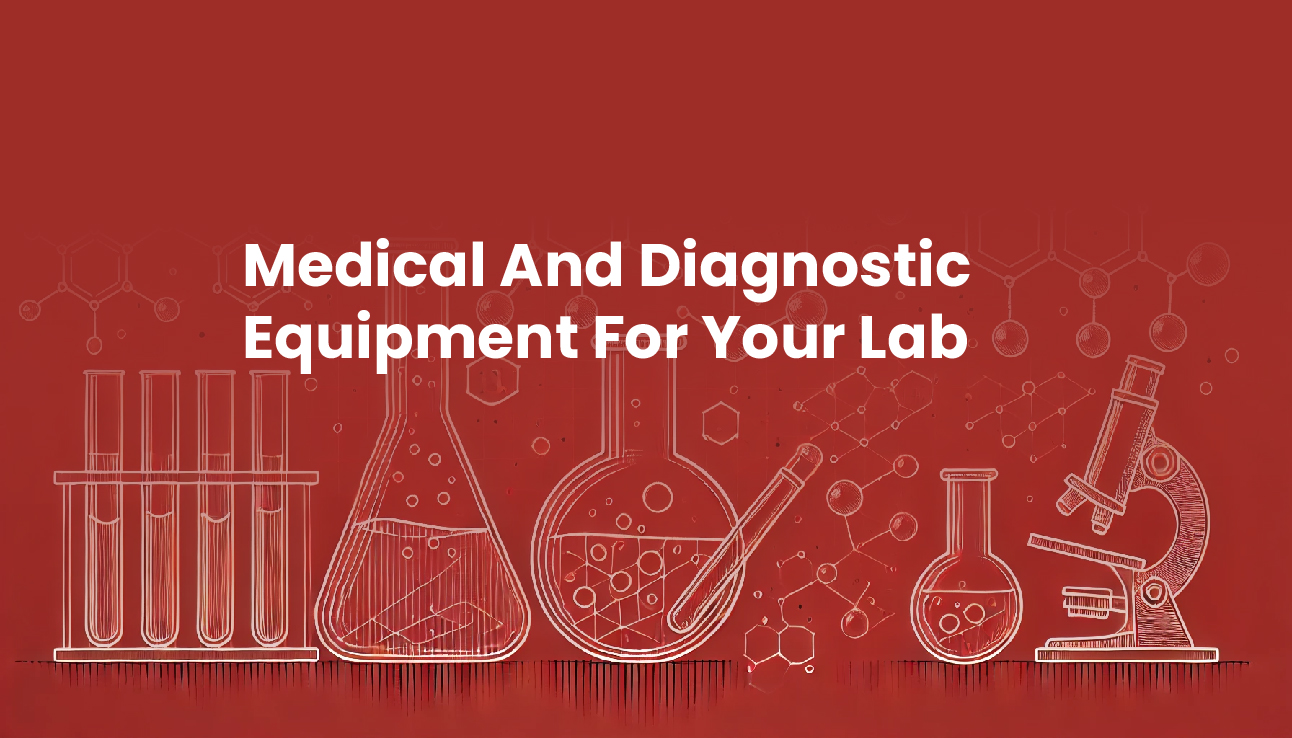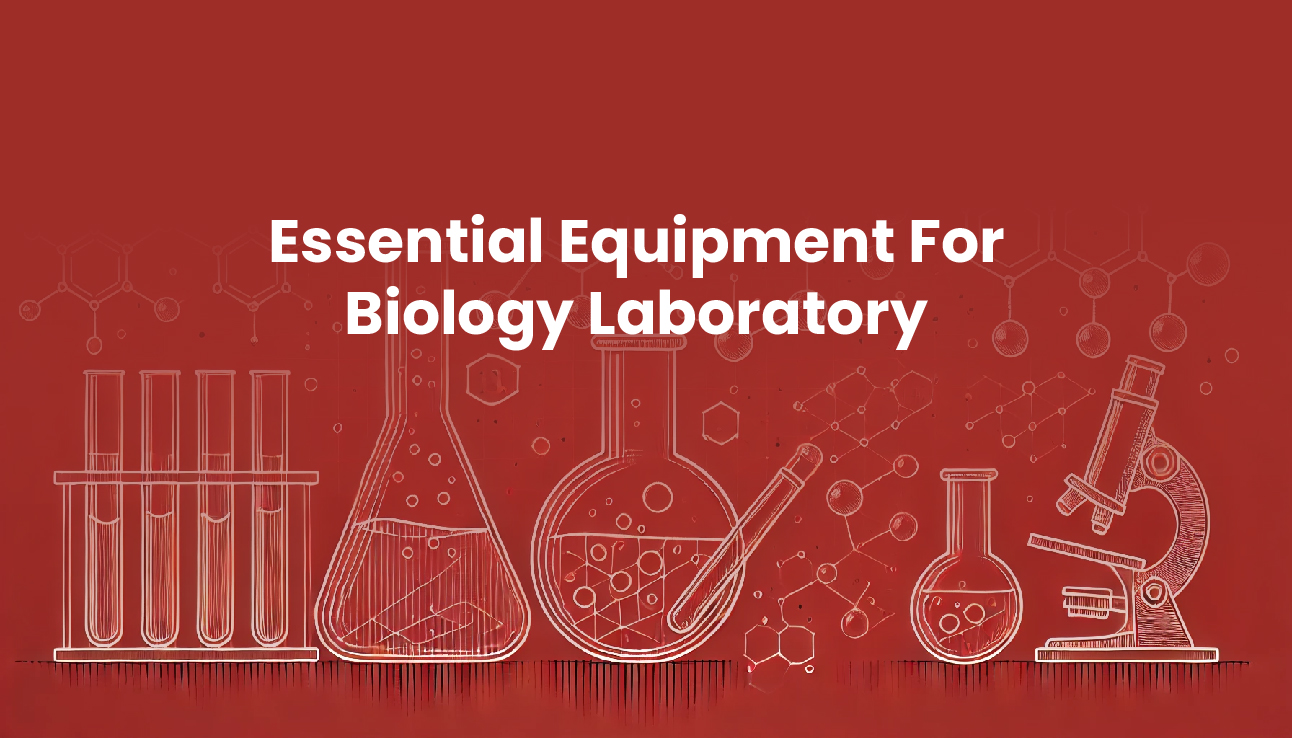As a lab professional, keeping up with the newest updates in lab equipment is important to ensure your work stays accurate, efficient, and safe. With new tools and designs being developed all the time, the way labs work is always changing. It’s crucial to stay informed about these changes so you can continue working effectively. From machines that help make tasks faster to portable devices that add flexibility, lab tools are constantly improving to meet the needs of modern science.
Knowing about these updates not only improves the quality of your work but also helps you choose the right tools that can make your lab more productive and safe. Whether it’s using equipment that can handle more tasks or adding new systems that reduce mistakes, staying updated with the latest trends makes sure your lab is working with the best tools available.
In this blog post, we’ll take a closer look at some of the most exciting changes in lab equipment today. We’ll talk about how these new tools are being used in different areas of science, the benefits they offer, and how they may shape the future of research. Whether you’re thinking about upgrading your lab equipment or just want to stay in the know, this guide will show how the latest developments in lab tools can improve your work and the scientific community as a whole.
1 . Automation And Robotics
Automation and robotics are changing how work is done in laboratories, making tasks faster and more efficient. Instead of relying on manual processes, many labs now use machines to handle repetitive tasks. For example, automated pipetting systems are used to transfer liquids accurately, robotic arms help move samples from one place to another, and automated microscopes allow scientists to quickly examine specimens.
One of the biggest advantages of using these machines is that they save time and make labs more efficient. Staff can now focus on more important tasks since the machines handle the repetitive work. Another benefit is that automation reduces the chance of mistakes. When humans do the same task over and over, errors can happen, but machines are programmed to be accurate every time.
Safety is also improved with automation. In labs, people often work with dangerous chemicals and materials. By letting machines do these risky tasks, the chance of accidents or exposure to harmful substances is greatly reduced. In this way, automation not only speeds up the work but also makes it safer and more reliable.
2. Digitalization and Connectivity
Digitalization is changing how laboratories work by making it easier to manage data, monitor equipment from a distance, and perform quick analyses. For example, digital microscopes allow scientists to capture and store images instantly, connected spectrophotometers can measure samples with high accuracy, and cloud-based software helps store and share information easily.
One major advantage of digitalization is better data management. It makes storing, retrieving, and sharing information simpler and faster, so important data is always easy to access. Another benefit is the ability to monitor equipment remotely. With connected devices, lab staff can keep track of machines in real time, which helps reduce downtime and boosts productivity.
Real-time analysis is also a key feature of digitalization. Scientists can analyze data instantly, allowing them to make decisions faster and discover new findings more quickly. Digital tools make the entire workflow smoother and more efficient, speeding up processes and improving results.
3. Sustainability and Eco-Friendliness
Sustainability is becoming a key focus in laboratories as people grow more concerned about the environment and the need to save money. Many labs are now using eco-friendly materials, and energy-saving equipment, and finding ways to reduce waste. These changes are helping labs operate in a more environmentally responsible way.
One of the main benefits of sustainability is reducing waste. By using eco-friendly materials, labs can create less waste, which is better for the environment and helps lower costs. Another advantage is energy efficiency. Equipment designed to use less energy not only reduces the lab’s environmental impact but also cuts down on energy bills.
Sustainable practices can also save labs a lot of money in the long run. By using resources more efficiently and minimizing waste, labs can operate more smoothly and cost-effectively, all while doing their part to protect the environment.
4. Advanced Materials and Technologies
New materials and technologies are making laboratory equipment better in terms of performance, durability, and safety. For instance, graphene-based sensors are extremely sensitive, 3D-printed lab tools are becoming more common, and advanced ceramics are being used to create stronger and more reliable equipment.
One of the main advantages of using these new materials is improved performance. They help equipment become more accurate, reliable, and sensitive, allowing labs to get better results. Another benefit is increased durability. With these advanced materials, lab equipment lasts longer, meaning fewer repairs or replacements are needed, which also helps save money.
Safety is also enhanced with these innovations. Using stronger, more reliable materials makes the equipment safer to use, reducing the risk of accidents and creating a healthier work environment for lab staff. These advances are making labs more efficient, safe, and cost-effective.
5. Portability
Portability allows laboratories to work more efficiently with less space, while also offering greater flexibility. For example, handheld spectrometers, portable PCR machines, and microfluidic devices are making lab equipment smaller and easier to move around.
One big advantage of portable equipment is increased flexibility. Labs can now conduct fieldwork, take samples remotely, and arrange their workspace in more creative ways. Another benefit is that miniaturized equipment takes up less space, freeing up room in the lab for other tasks and improving overall productivity.
Portability also makes lab work more convenient. With smaller, easy-to-carry devices, tasks like sampling, analyzing, and experimenting become simpler and quicker, giving lab staff more options for how and where they work. This miniaturization is helping labs do more with fewer resources.
6. Artificial Intelligence and Machine Learning
Artificial intelligence (AI) and machine learning (ML) are changing how laboratory equipment works by improving data analysis, predicting maintenance needs, and designing better experiments. For example, AI-powered microscopes can analyze images faster, ML-based software helps make sense of large amounts of data, and predictive maintenance tools can tell when equipment might need repairs before it breaks down.
One big advantage of AI and ML is better data analysis. These technologies can find patterns and insights in data that might be missed by humans, making interpretation faster and more accurate. Another benefit is predictive maintenance. AI algorithms can predict when equipment might fail, helping labs avoid breakdowns, reduce downtime, and increase productivity.
AI and ML also improve experimental design. They can help optimize experiments, speeding up discoveries and cutting down on costs. Overall, these technologies are making labs more efficient, reliable, and innovative.
7. Virtual and Augmented Reality
Virtual and augmented reality (VR/AR) are changing the way labs approach training, education, and experiments. For example, VR-based lab simulations allow people to practice in a virtual space, AR helps with real-time guidance during experiments, and immersive training programs offer hands-on learning experiences.
One major benefit of VR/AR is improved training. These technologies make learning more interactive and engaging, helping lab workers build skills and improve safety in a realistic environment. Another advantage is better visualization. VR/AR can turn complicated data into easy-to-understand visuals, making complex ideas clearer and speeding up the learning process.
VR/AR also increases accessibility. They allow people to join lab activities remotely, making it easier to collaborate with others from different locations and ensuring that more people can participate in experiments and training, no matter where they are. These tools are making lab work more engaging, understandable, and accessible.
Stay Updated With Simmy Franks
At Simmy Franks, we’re not only dedicated to providing laboratory professionals with the latest insights, expertise, and solutions to enhance their work. Our mission is to empower labs to achieve excellence through innovation, education, and collaboration. Stay ahead by contacting us to learn more about how we can support your lab’s success.
Frequently Asked Questions
What are the benefits of automation in laboratory equipment?
Automation in laboratory equipment offers several benefits, including increased efficiency, reduced errors, improved safety, and enhanced productivity.
How does digitalization improve laboratory workflows?
Digitalization improves laboratory workflows by enabling seamless data management, remote monitoring, real-time analysis, and enhanced collaboration.
What are some examples of eco-friendly laboratory equipment?
Examples of eco-friendly laboratory equipment include energy-efficient instruments, sustainable consumables, and lab equipment designed for minimal waste generation.
What are the advantages of using advanced materials in lab equipment?
Advanced materials in lab equipment offer improved performance, increased durability, enhanced safety, and reduced maintenance.
How does miniaturization impact laboratory operations?
Miniaturization increases flexibility, reduces space requirements, and enhances convenience in laboratory operations.
What role does AI play in laboratory equipment?
AI enhances laboratory equipment by improving data analysis, predictive maintenance, and experimental design.
What are the applications of VR and AR in laboratory settings?
VR and AR enhance laboratory training, education, experimentation, and data visualization.
How can laboratory professionals stay updated on the latest trends?
Laboratory professionals can stay updated by attending conferences, following industry publications, and engaging with experts.
What are the implications of sustainability in laboratory practices?
Sustainability in laboratory practices reduces environmental impact, conserves resources, and promotes cost savings.
How can Simmy Franks support my laboratory’s needs?
Simmy Franks supports laboratories through expertise, innovative solutions, and collaboration to enhance laboratory performance, safety, and sustainability.





